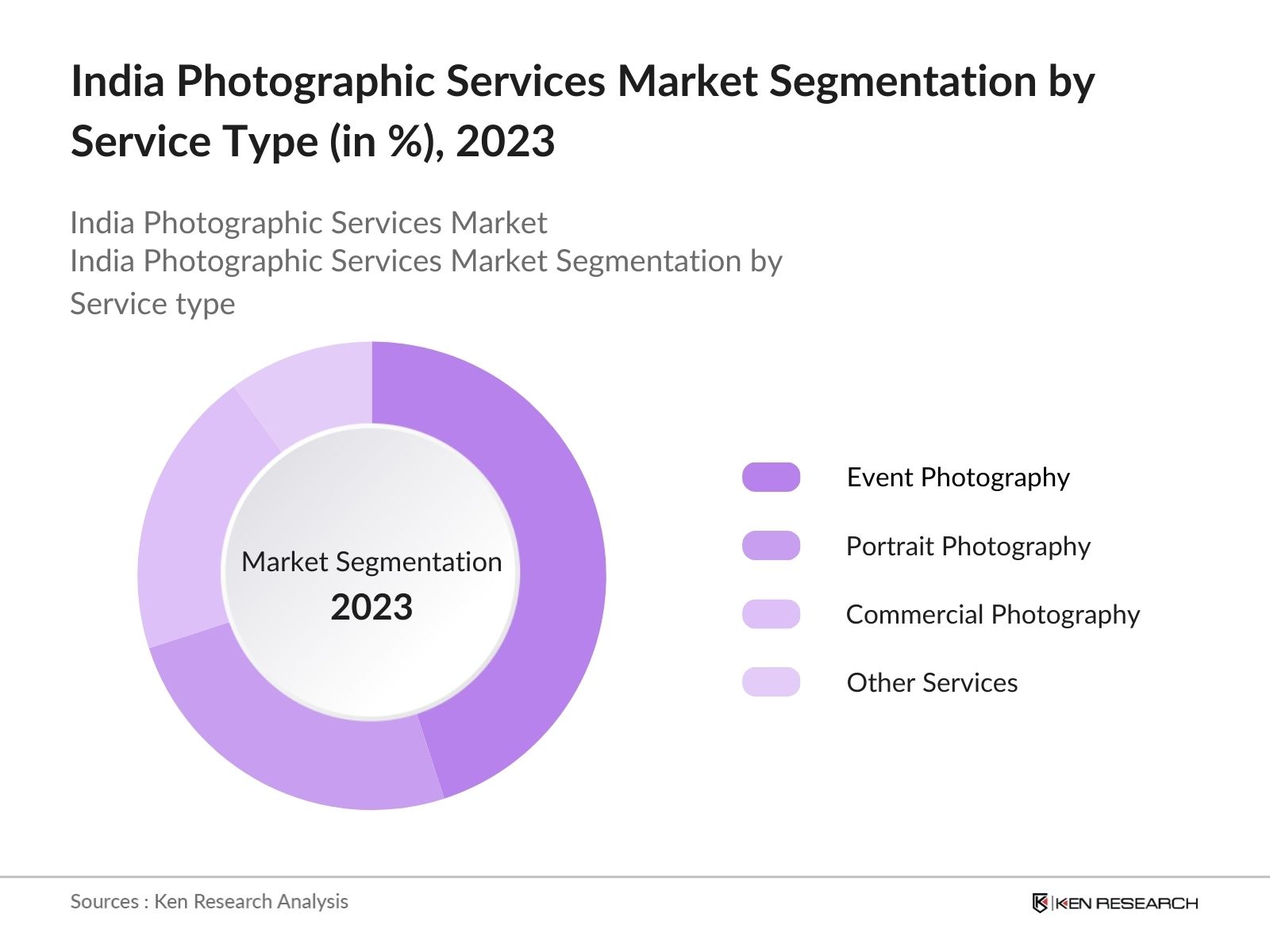The Growth of Photography in India: A Flourishing Industry
Over the past decade, the photography industry in India has experienced remarkable growth, evolving from a niche profession into a dynamic and lucrative sector. This expansion is driven by technological advancements, increased digital consumption, and a burgeoning demand for high-quality visual content across various industries. In this article, we delve into the factors contributing to this growth, the impact of photography on businesses, especially in metropolitan areas, and how educational institutions are adapting to prepare professionals for this competitive landscape.
Industry Growth: Facts and Figures
The Indian photography services market has witnessed substantial growth, with its value reaching approximately $6.79 billion in 2024. Projections indicate that this market will continue to expand, potentially doubling to $13.69 billion by 2033, reflecting a Compound Annual Growth Rate (CAGR) of 8.1% over the forecast period.
Custom Market Insights
This upward trajectory is further supported by data from Statista, which reports that the digital cameras market in India is expected to reach $1.4 billion by 2025, with an annual growth rate of 2.69% between 2025 and 2029.
Statista
To visualize this growth, consider the following histogram illustrating the projected revenue increase in the Indian photography services market from 2024 to 2033:
Impact of Photography on Businesses in Metropolitan Areas
In India's bustling metropolitan and mini-metro cities, photography has become an indispensable tool for businesses aiming to engage and captivate their target audiences. The proliferation of digital platforms and social media has heightened the need for compelling visual content, leading to increased collaboration between businesses and professional photographers.
Advertising and Media
The advertising industry heavily relies on high-quality imagery to create impactful campaigns. Professional photography enhances brand perception and aids in conveying messages effectively. With the advertising sector in India valued at approximately ?70,000 crore, and an expected annual growth rate of 12%, the demand for skilled photographers continues to rise.

Ecommerce and Retail
The ecommerce boom in India has revolutionized the retail landscape. Online retailers require exceptional product photography to attract and retain customers. As the e-commerce market is projected to reach $350 billion by 2030, the role of photographers in providing high-quality product images is more critical than ever.
Fashion and Entertainment
Metropolitan cities serve as hubs for the fashion and entertainment industries. Fashion photography, in particular, has seen significant growth, with brands and designers seeking creative visuals to showcase their collections. The Indian film industry, generating over ?18,000 crore annually, also offers ample opportunities for photographers specializing in cinematography and still photography.
Educational Institutions Adapting to Industry Demands
The surge in demand for professional photography services has prompted educational institutions to revamp their curricula, ensuring that graduates are well-equipped to thrive in this competitive industry.
Specialized Degree Programs
Recognizing the need for formal education in photography, several institutions now offer specialized programs:
- Bachelor of Photography in India: These undergraduate programs provide a comprehensive understanding of photographic techniques, visual aesthetics, and industry specific knowledge.
- Masters of Fine Arts in India: Advanced programs focusing on specialized areas such as commercial photography, photojournalism, and visual arts, preparing students for leadership roles in the industry.
Innovative Teaching Pedagogies
To align with industry standards, the Best Photography Institutes in India have incorporated practical training, industry collaborations, and exposure to the latest technological advancements into their teaching methodologies. This approach ensures that students gain hands-on experience and are adept at navigating the evolving landscape of the photographic industry in India.
Conclusion
The growth of photography in India is a testament to the industry's resilience and adaptability in the face of technological advancements and changing consumer behaviors. As businesses increasingly recognize the power of visual content, especially in metropolitan regions, the demand for skilled photographers is set to rise. Educational institutions are responding proactively, equipping students with the necessary skills and knowledge to excel in this dynamic field. For aspiring photographers, this confluence of opportunities signifies a promising and fulfilling career path in the vibrant and ever-expanding world of photography.




